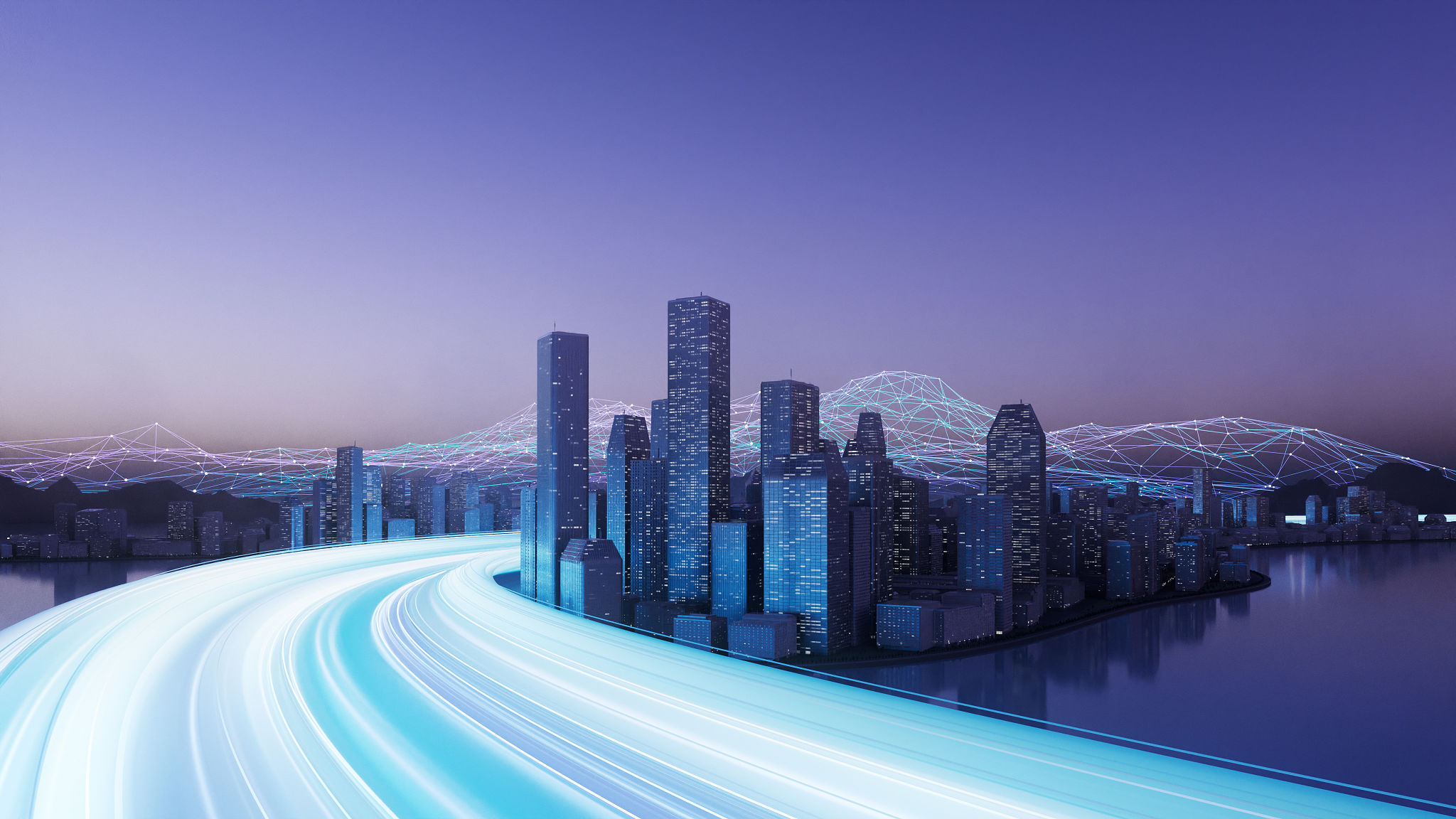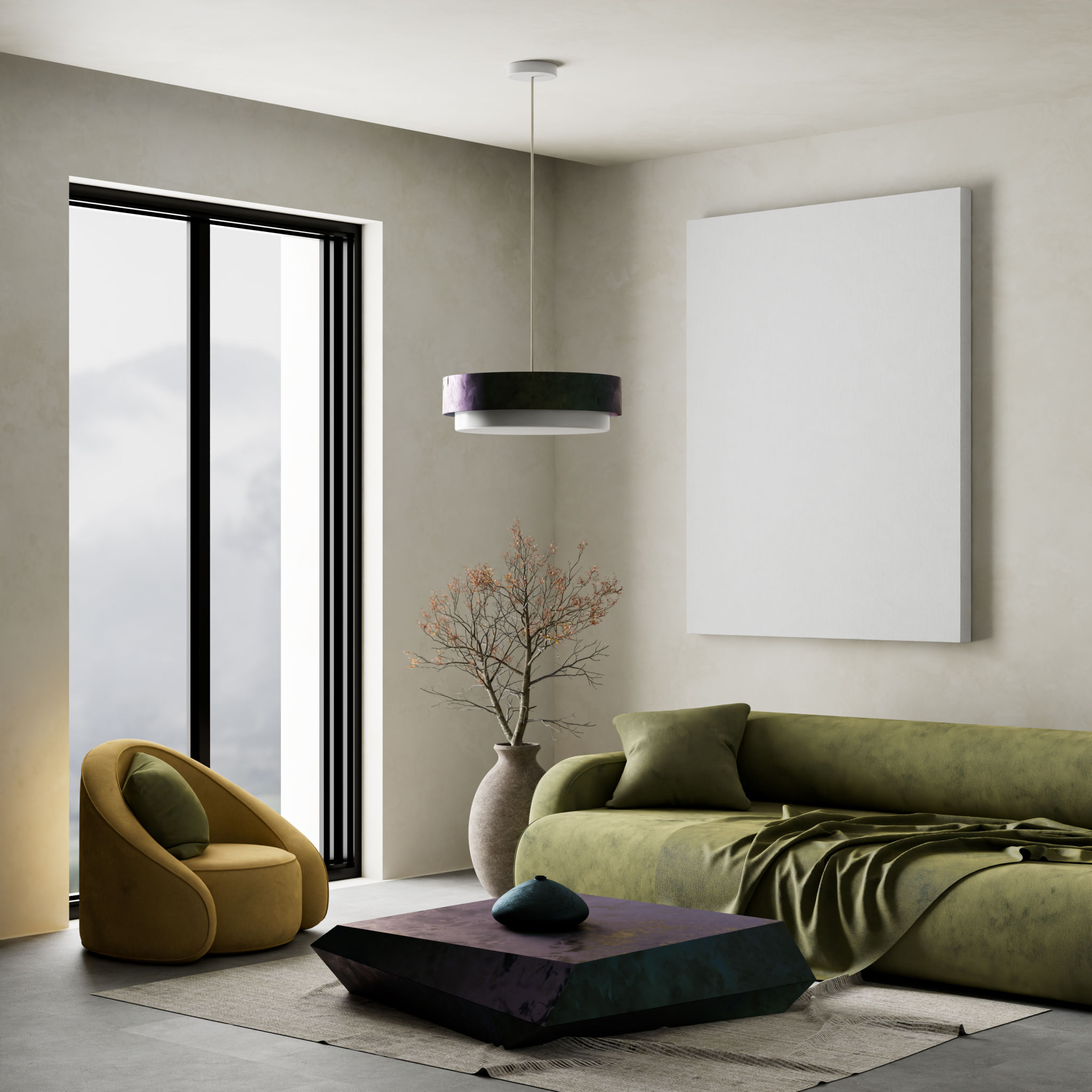Adapting to Change: How Industrial Design Trends Shape the Future
Understanding the Core of Industrial Design Trends
The world of industrial design is in constant flux, driven by technological advancements, consumer demands, and environmental considerations. As industries evolve, so do the trends that shape the way products are designed and manufactured. Understanding these trends is crucial for businesses looking to stay competitive in a rapidly changing market.
One of the primary factors influencing industrial design is the integration of smart technology. As the Internet of Things (IoT) becomes more prevalent, designers are focusing on creating products that seamlessly integrate with smart systems. This trend is not only about embedding technology but also about ensuring that products are intuitive and user-friendly.

Sustainability as a Driving Force
Sustainability has become a cornerstone of modern industrial design. As consumers become more environmentally conscious, they demand products that are not only functional but also eco-friendly. Designers are now tasked with finding innovative ways to use sustainable materials and reduce waste throughout the product lifecycle.
Some key sustainable practices include:
- Using recycled or biodegradable materials
- Implementing energy-efficient manufacturing processes
- Designing for easy disassembly and recycling
The Rise of Minimalism and Functionality
Another significant trend in industrial design is the emphasis on minimalism and functionality. Consumers today prefer products that are simple yet highly functional. This trend has led to a shift away from overly complex designs towards those that prioritize ease of use and practicality.

Minimalism in design not only appeals to aesthetic preferences but also aligns with sustainable practices by reducing the amount of material used in production. By stripping away unnecessary elements, designers can create products that are both beautiful and environmentally responsible.
The Role of Customization in Modern Design
Customization is becoming increasingly important in industrial design. As consumers seek products that reflect their personal preferences and lifestyles, designers are focusing on creating customizable options. This trend allows individuals to tailor products to their specific needs, enhancing user satisfaction and engagement.

The ability to customize products also supports sustainability by extending the product's life cycle. When consumers can update or modify a product, they are less likely to replace it entirely, reducing waste and promoting long-term use.
Embracing Future Possibilities
The future of industrial design is bright with possibilities as designers continue to adapt to changing trends. By embracing new technologies, prioritizing sustainability, and focusing on user-centered design, businesses can ensure they remain at the forefront of innovation.
Ultimately, those who succeed in adapting to these trends will set themselves apart in a competitive market, shaping a future where products are not only effective but also enrich the lives of their users.
